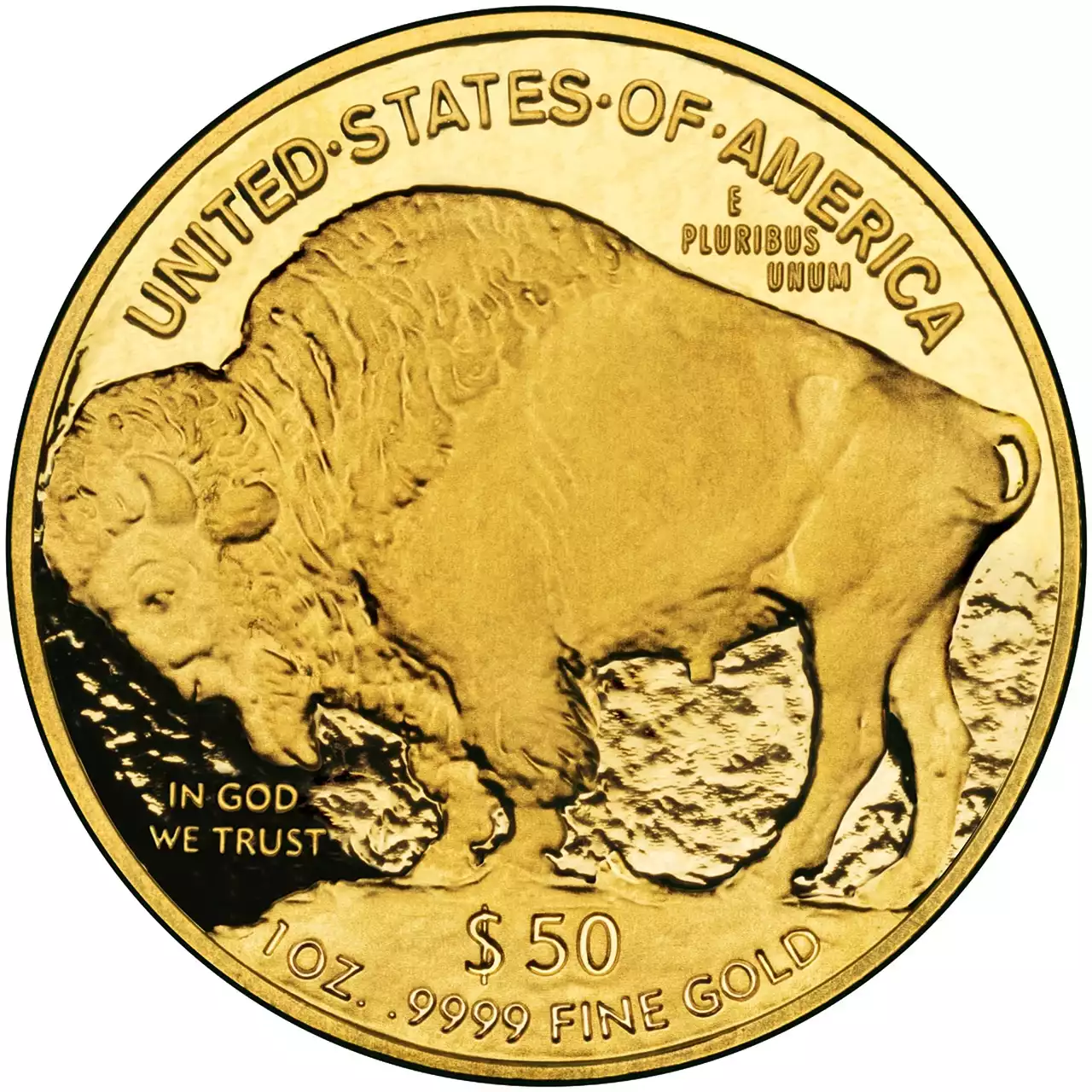The Medici bank was a financial institution that began in 14th-century Florence. It was the first successful bank of its kind and gave rise to modern-day banking. The Medici Bank was essential to the growth and development of Florence as a market economy and led to an increase in trade, commerce, and production throughout Europe. The Medici Bank is also known as "The Bank of the Medici Family" or “Medieval Banking Clan” because of their widespread investment in businesses under their control. They were also known for being ruthless when it came to business dealings with other families, other banks, and even the Church. In this article, we will explore what made the Medici Bank so successful during its period and why it continues to be influential today.
14th Century Banking Environment
The 14th century was a period of major change in the world of banking. The collapse of the Western Roman Empire left a major void in the European economy. As a result, trade decreased significantly. The Church, having a large influence in Western Europe during this period, used coinage as an instrument of its power. This control over currency led to significant price inflation. Additionally, there was a limited investment in the economy, as investors feared the risk of losing their money. This led to a banking system that was very limited in its capacity to fund businesses. The 14th century also saw another significant change in the banking industry: the introduction of paper money. Italian merchants were the first to use paper money as a form of credit. The money was used for business transactions, such as purchasing goods and paying employees. This was a significant change from previous banking practices. It allowed merchants to keep more liquid assets and significantly decreased the cost of doing business.
Lorenzo de’ Medici and the Medici Bank
Lorenzo de Medici was known for his political and economic prowess. After his father died in 1419, Lorenzo took control of the Medici family business. He quickly saw the potential in banking and introduced several innovative ideas and practices. It is important to note that the Medici Bank was not the first bank in Florence, but it certainly was the most successful. Bankers in Florence became wealthy and powerful, but they had little to no say in government. Lorenzo de Medici saw the need for political and economic power to be held by one person, so he took control of the Florentine government and implemented the Medici Bank.
What Made the Medici Bank So Successful?
The Medici Bank was successful because of the innovative practices and banking tools introduced by the Medici family. The Medici family was a powerful dynasty, and many family members held government positions and worked in banking. These positions gave them immense power and allowed them to utilize the banking system to its fullest extent.
- The Medici was the first to issue banknotes. These notes were backed by silver and gold assets deposited by the Medici. This practice of always having enough assets to back up their notes allowed them to significantly expand the money supply available in the economy. This led to a significant increase in trade and commerce.
- The Medici were the first to offer a savings account. This was significant because they offered a rate of interest. This gave individuals a place to invest their savings and provided the bank with additional capital to lend. It started a practice that continues today.
- The Medici were the first to have a public accounting system. They published a ledger that was accessible to all members of society. This allowed members of society to have confidence in the financial system and know exactly what was happening with their money.
- The Medici were the first to have branches in other cities. This allowed them to extend their reach and control over the banking industry.
The decline of the Medici Bank
Despite its success and influence, the Medici Bank eventually fell from power. There are many theories as to why this happened, but there is no clear answer as to why it fell. One theory states that the Medici had too much control over the economy, making it difficult for other businesses to succeed. Another theory is that the Church wanted to regain control over the currency and inflation, so it issued a Papal decree ordering a halt to the Medici Bank. Another theory attributes the decline of the Medici Bank to an overreliance on the use of bills of exchange. This is a written promise from one person to pay another at a future date. The Medici used these bills extensively to expand their business and take advantage of the savings account. The downfall of this practice is that the bills of exchange were not always paid on time. This led to a decline in trust in the banking system and the demise of the Medici Bank.
Final Thoughts
The history of the Medici Bank is one of success, innovation, and ruthless business practices. Lorenzo de Medici used these banking tools and practices to grow his business and make his family the most powerful force in Florence. The Medici Bank laid the foundation for modern-day banking practices. It is no surprise then that the history of the Medici Bank continues to be influential today.


 Setting Boundaries: How to Separate Work and Personal Life
Setting Boundaries: How to Separate Work and Personal Life
 ThSectors of Commodity Trading
ThSectors of Commodity Trading 8 Time Management Tips for Working from Home
8 Time Management Tips for Working from Home The First Bank of the United States
The First Bank of the United States Monte Dei Paschi di Siena is the Worlds Oldest Bank
Monte Dei Paschi di Siena is the Worlds Oldest Bank Banking in the Roman Empire
Banking in the Roman Empire A Brief History of the Banking System
A Brief History of the Banking System